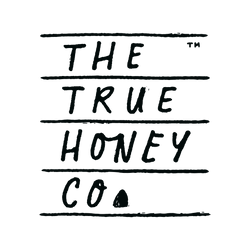
After the coldest months of the year, September is time for our peckish honeybees to venture out again in search of a good nosh. Willows begin flowering around wintering sites, providing a delicious, nutritious spring pollen and nectar source before the Manuka starts blooming.
Meanwhile, some regions in New Zealand where we pop our hives start producing pollen and nectar around now, so our beekeepers are busily topping up food reserves in the hives with natural sugars and pollen supplements.
As temperatures rise, so too can the risk of bee diseases. That means our eagle-eyed beekeepers are on the look-out for varroa mites, American foul brood, sack brood, chalk brood and other viral and bacterial nasties – carrying out regular disease checks. Prevention beats cure, hands down. So our hive sites are also checked to make sure they’re healthy homes for our stripy wee pals, with plenty of warmth, shelter and a good clean water source.
On the honey production front, our team’s been very busy setting up hives with honey boxes and making sure colonies are shipshape and strong, ready for a season on the Manuka block.
Any time there’s a little downtime, it’s a chance to keep the skill levels up. Pre-season refresher training modules in September covered using our specialist equipment and the always-important health and safety out in the field.
September is the month when colonies grow in leaps and bounds, from 20-30’000 to 50-60’000 bees in each hive. Our queen rearing experts start grafting eggs into cells, so the nurturing nurse bees can raise their young queens. This process takes 16 days, with the nurse bees making pollen into high protein royal jelly to feed growing larvae up until around day 9. It’s this miraculous royal jelly that gives the queen larvae the characteristics she needs to one day produce eggs of her own and lead a thriving hive.
Roll on the warmer months, we say. And watch this space for more updates from The True Honey Co. team out in the field.

